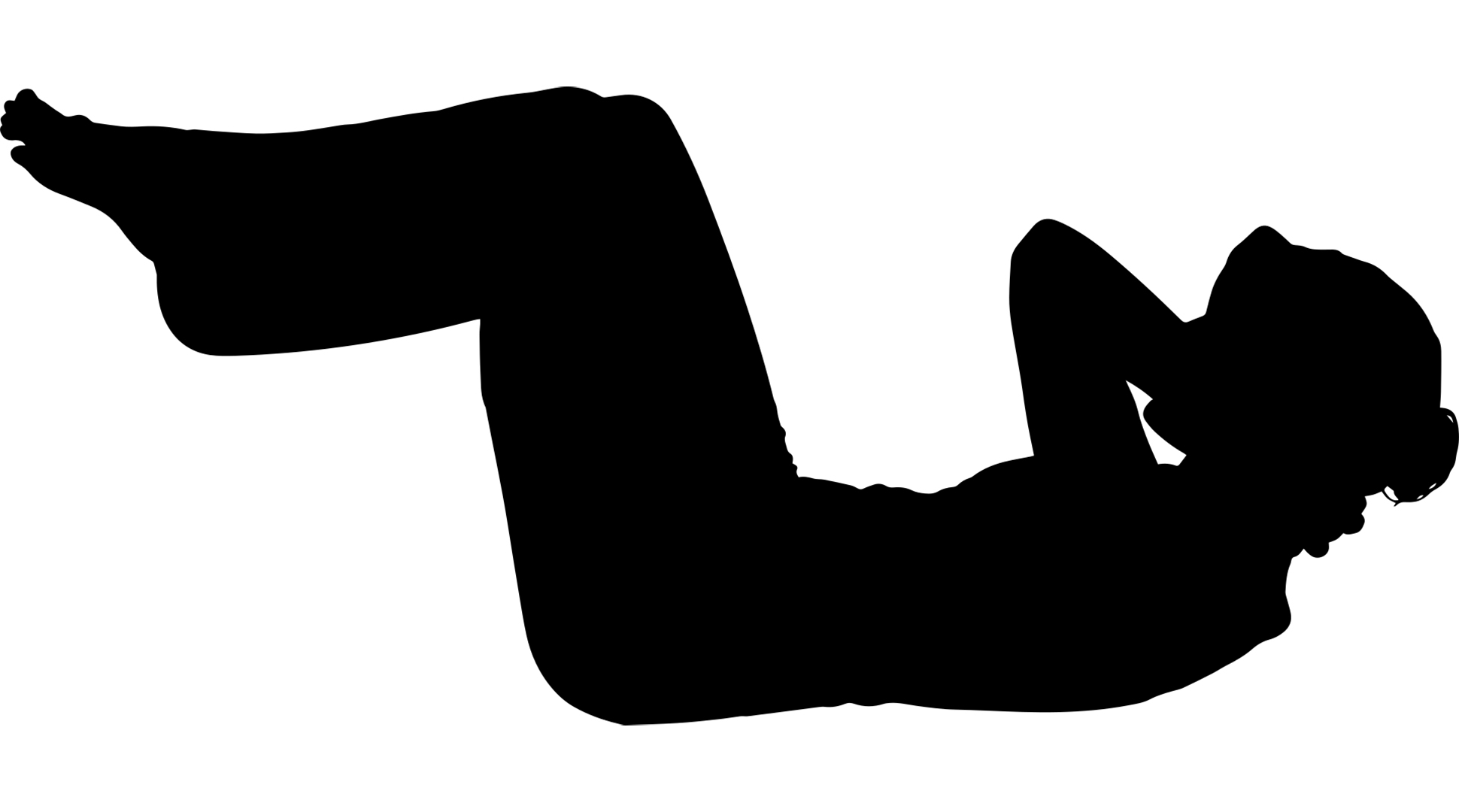illustration from Pixabay
Julie Garden-Robinson, NDSU Extension food and nutrition specialist
“I’m only spending $40 a month on coffee drinks now. I have my budget on a spreadsheet,” my older daughter and coffee lover commented.
My daughter’s 2021 goal was to spend less money on coffee, so spending $10 a week was an improvement. Paying rent and other away-from-home expenses has made her more financially savvy.
At this time of the year, many people set some sort of goal or “resolution.” Some goals are related to finances, career aspirations, nutrition, fitness or a variety of other topics.
However, extreme New Year’s resolutions tend to be short-lived. If you want to set a goal, try this activity. Write down one specific goal, three reasons why you want to achieve the goal and five ways to make it happen.
My goal is to get more exercise in the New Year. During the pandemic, unfortunately I became quite sedentary. I used to walk across campus to meetings during all sorts of weather and sometimes, on icy paths. Now, almost all of my meetings are held by Zoom from my desk, even in the summer.
The tunnel that used to allow me to walk from building to building indoors is closed for many months for repair.
I began eating my lunch at my desk instead of walking to the next building. My former lunch group eat on their own schedules instead of congregating to eat together as we used to do.
I have a lot of excuses, don’t I?
I know my sloth-like antisocial behavior is not good for me. I even stopped wearing my step counter. That little electronic device made me feel guilty with its incessant reminders of the number of steps I was getting.
On a positive note, I walk up the steps to the third floor every day when I arrive. Some days taking the elevator is very tempting, though. I volunteer to get the mail every day, so that is another couple of flights of stairs. To clear my head between tasks, I sometimes walk the hallways.
In the coming year, my goal is to get more physical activity. I have some good reasons why we should keep fitness as a goal. Physical activity strengthens our muscles and helps us maintain our weight or even lose some pounds. Regular physical activity helps reduce our risk for chronic diseases including cancer, diabetes and heart disease.
If getting more physical activity is among your goals, consider these tips based on the health recommendations from www.choosemyplate.gov.
- Explore physical activities that fit your abilities and interests. See "Stretching Toward Better Health" at https://www.ag.ndsu.edu/publications/health-fitness/stretching-toward-better-health to learn how to do stretches while seated.
- Build your physical activity level slowly. This will help prevent injury and may motivate you to continue.
- If you are hoping for a health benefit, do moderate physical activities that get your heart pumping for at least 2 1/2 hours per week but not all on one day. Spread out the activities throughout the week and aim for 10 minutes of activity at a time. During Midwest winters, walking indoors or cross-country skiing are excellent ideas.
- Aim for strength training twice a week. Try sit-ups or push-ups or use resistance bands. Even full cans of food can serve as weights.
- Make active choices during the day. Taking the stairs instead of elevator and opting for a 10-minute walk during a work break can help meet fitness goals.
- Try different activities. Many online fitness options are available, or take out the old DVDs and plug them in and exercise along with them.
- Schedule your fitness time and find a buddy to motivate you. Maybe exercising in the morning or during the noon hour works best for you and your fitness buddy.
- Set a goal. Put your goal on a mirror or refrigerator as a reminder. You could even set a timer on a phone.
Julie Garden-Robinson, Ph.D., R.D., L.R.D., is a North Dakota State University Extension food and nutrition specialist and professor in the Department of Health, Nutrition and Exercise Sciences. Follow her on Twitter @jgardenrobinson
